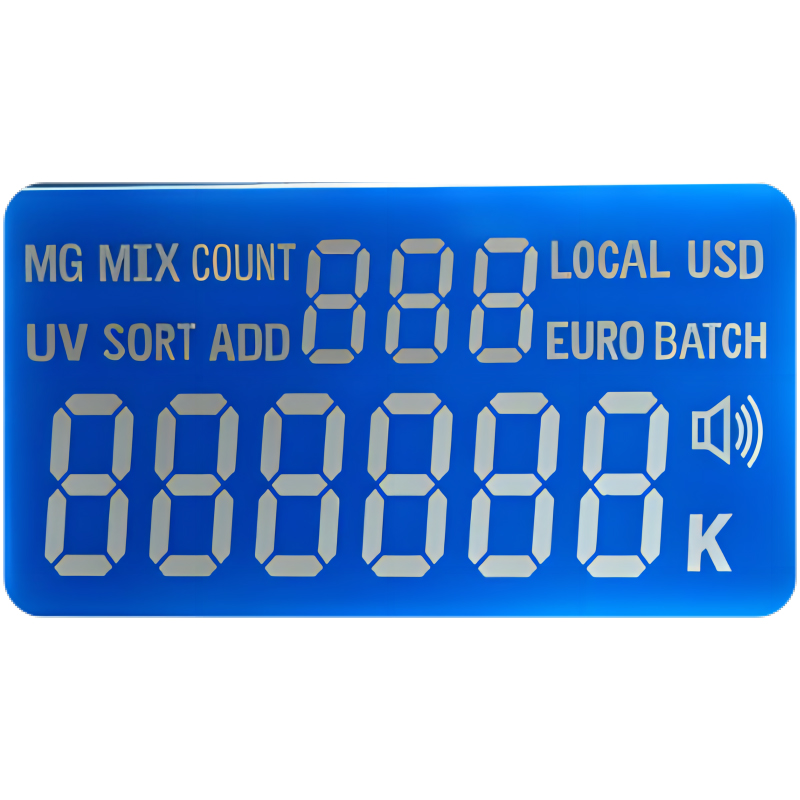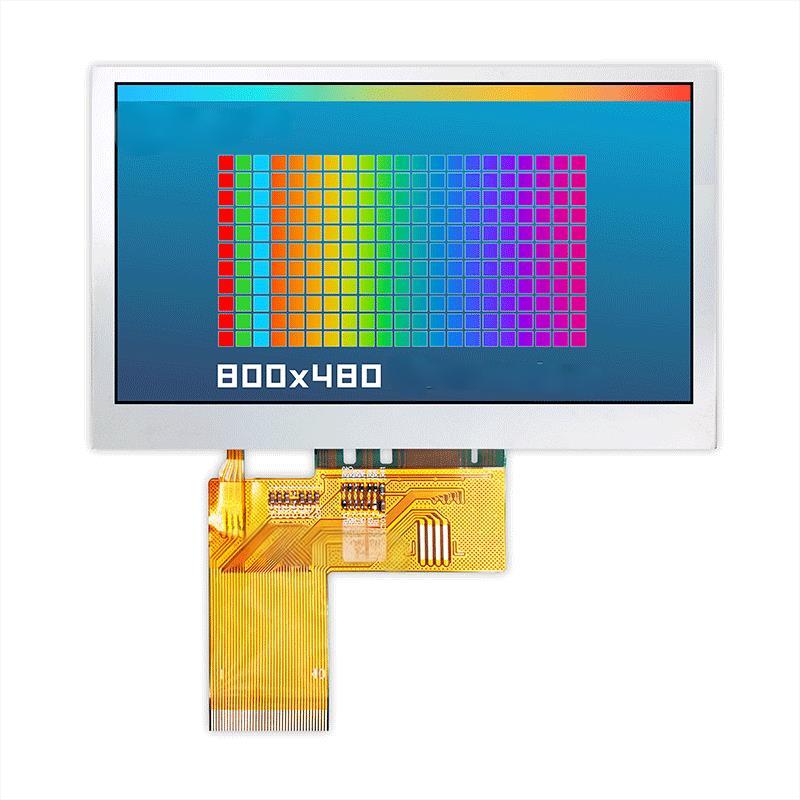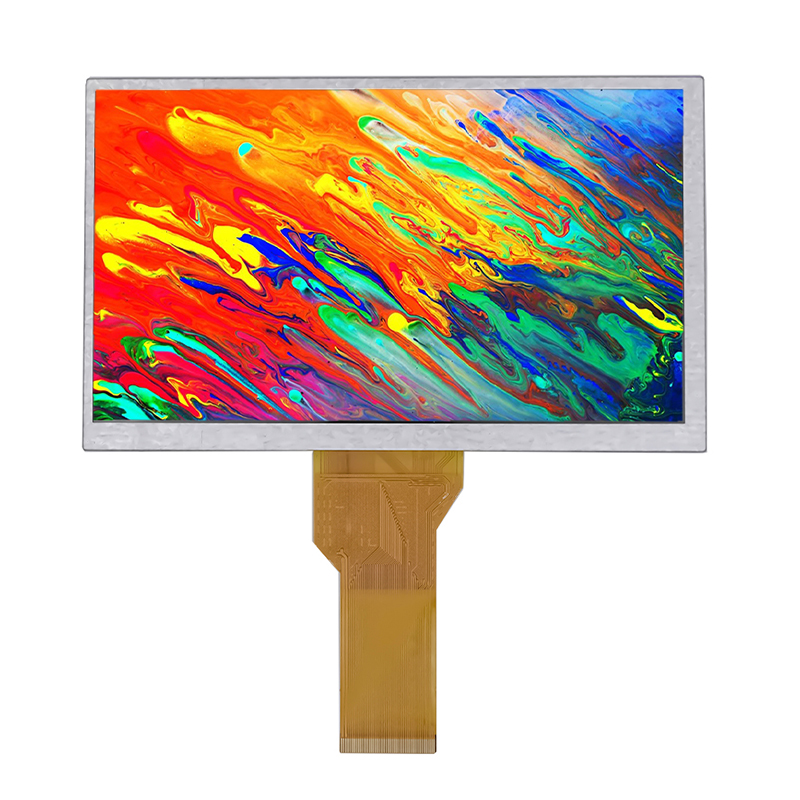
This guide provides a comprehensive overview of 1602 LCD display modules, helping you understand their specifications, applications, and how to choose the best one for your project. We'll cover key features, common uses, and factors to consider when making a purchase. Learn about different variations and find resources to aid your decision-making process.
A 1602 LCD display module is a small, inexpensive liquid crystal display (LCD) commonly used in various electronic projects. The 1602 refers to its specifications: 16 characters per line and 2 lines of display. These modules are characterized by their ease of use, relatively low power consumption, and wide availability. They typically interface with microcontrollers like Arduino and Raspberry Pi using simple protocols.
As the name suggests, a standard 1602 LCD display module displays 16 characters across 2 lines. Each character is formed using a 5x8 pixel matrix, resulting in a total resolution of 160x16 pixels. While seemingly low, this resolution is sufficient for many applications requiring textual information.
Most 1602 LCD display modules use an HD44780-compatible controller. This allows for easy communication using simple commands and data sent via parallel or serial interfaces. The most common interfaces are 4-bit and 8-bit parallel, but I2C and SPI serial interfaces are also available, offering simpler wiring and reduced microcontroller pins.
These modules typically operate on a 5V power supply. Their power consumption is relatively low, making them suitable for battery-powered projects. Specific power consumption varies depending on the backlight and usage.
1602 LCD display modules are available with various backlight options, including white, blue, green, and yellow. The choice of backlight depends on the project's aesthetics and ambient lighting conditions.
Selecting the appropriate 1602 LCD display module involves considering several factors:
Consider the microcontroller you're using and its available pins. Parallel interfaces are simple but require more pins, while serial interfaces (I2C, SPI) need fewer pins but may require additional supporting hardware.
Choose a backlight color that complements your project's design and provides optimal readability.
Many modules offer a contrast adjustment potentiometer, allowing you to fine-tune the display's readability in different lighting conditions. Check if this feature is important for your needs.
While the standard is a 5x8 pixel character, some variations might be available. Ensure the character size meets your project's requirements.
1602 LCD display modules are versatile and find applications in a wide range of projects, including:
These modules are widely available from various online retailers and electronics suppliers. A reliable source is crucial for ensuring quality and functionality. For high-quality modules, consider exploring suppliers like Dalian Eastern Display Co., Ltd. They offer a wide range of LCD displays for diverse applications.
| Feature | Description |
|---|---|
| Character Size | 5x8 pixels |
| Lines | 2 |
| Characters per line | 16 |
| Interface | Parallel (4-bit/8-bit), I2C, SPI |
Remember to carefully review the specifications before purchasing to ensure compatibility with your project requirements. Happy building!












